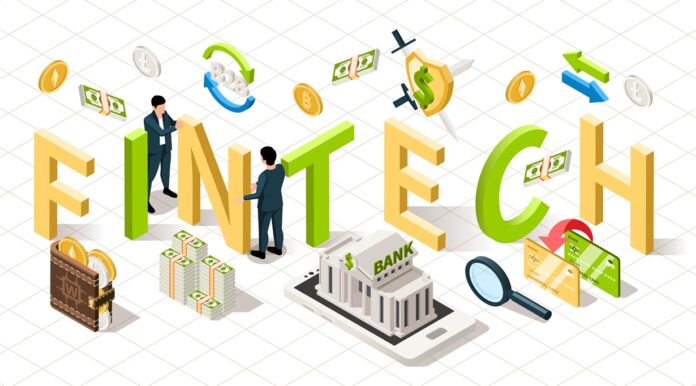
Fintech is all about ease, access, convenience, transparency, affordability, and customer experience. One way it achieves this is by making finance invisible, embedding it in everything we do. Embedded finance is very interesting in every other sector, especially in business banking.
It has become a bit of a buzzword in recent years, revolutionising the way that we interact with money and challenging traditional banking systems. In this post, we’ll look a bit deeper into fintech overall and how it impacts business banking.
How it All Started
Let’s start off with some interesting facts that might highlight the growth and impact fintech has on the world. In 2020, global investment into fintech startups exceeded 105 billion USD. Over 100 of those companies were valued at over a billion dollars.
The global mobile payment transaction value is projected to surpass 4.7 trillion dollars by 2025, and it’s currently experiencing a growth rate of more than 25% per year.
The COVID-19 pandemic accelerated the adoption of digital banking. It’s now estimated that 76% of users in the Western world now conduct their banking via digital services compared to traditional banking services. The global peer-to-peer lending market is projected to reach 1163 billion in value by 2027.
The arrival of fintech has brought a seismic shift in the traditional banking landscape by either reshaping the financial landscape as a whole, making traditional banking redundant in certain areas, or forcing traditional banking systems to adapt to these new methods. This has occurred in several keyways.
4 Things Fintech is Changing in Business Banking
As much as you don’t want to admit it, people hate banks. Do you remember the last time that you went to your bank branch? Seven out of ten millennials would rather visit their dentist than their local bank.
When people are in control of their finances, they feel like they can fulfil their goals. They feel more optimistic. We’re happier when we know we can book a trip or afford that next big purchase. Banks must support that positive mindset—which the fintech industry has been doing for years now.
1. It’s revolutionising the loans market.
Applying for a business loan is a great example of how traditional banks were drowning in bureaucracy. Fintech has demonstrated its potential for improved efficiency and cost reduction. Now it’s possible to find a range of apps and websites that help you compare prices of credit card loans in a way that banks refuse.
For entrepreneurs, peer-to-peer (P2P) lending platforms also offer an alternative to traditional bank loans. These platforms connect individual investors with borrowers and can often offer lower interest rates and more flexible terms than banks.
2. They can improve your spending decisions.
If you’re one of those business owners who finds it difficult to make the right decisions when it comes to money, we’ve got good news for you. It could be fintech that saves the day. That’s because one area of fintech that’s been getting lots of users is finance apps.
With so many apps, you can use budgeting functions to help you better manage and track your spending. For business account services with small teams and little purchasing oversight, this is very helpful. You can replace error-prone manual tasks (like physically tracking receipts or manually entering credit card purchases) and avoid breaking your budget too easily.
3. Those cross-border payments are now way faster.
Global money transfer services continue to evolve rapidly, and fintech is playing a considerable role. Digital banking platforms are trying to obviate the need for traditional banks.
They let you make instant payments in real-time to other countries for people who don’t have bank accounts (imagine that kind of system 20 years ago!). Thanks to fintech firms like Genome, you can now quickly send money all over the world without having to worry about international transfer fees or delays.
4. Traditional banks are worried about it.
And with good reason, too. That’s because until a few years ago, banks had a tight hold on pretty much anything we did involving money. Being the huge, bloated dinosaurs that banks are, there wasn’t exactly much incentive for them to innovate or be competitive.
Fast forward a few years and a few leaps ahead in digital technology, and it was time for smaller, more agile players to make an entrance. You got it: fintech. And in the last ten years, they’ve been hitting your favourite bank a run for their money.
Wrap Up
If there’s one thing that we can be sure of it’s that fintech is here to stay. The convenience, accessibility, and cost-efficiency that fintech provides make it a game changer. And with the rapid pace of technology, we can only expect more innovation and disruption in the future.






